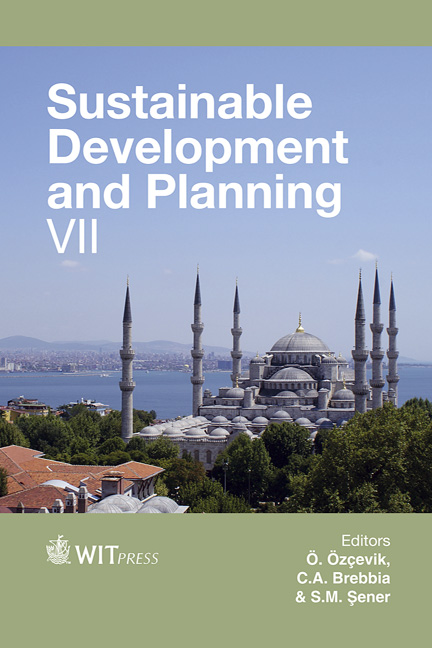Built Environment Inspired By Nature: A Case Study Of Human Skin
Price
Free (open access)
Transaction
Volume
193
Pages
10
Page Range
1031 - 1040
Published
2015
Size
1,964 kb
Paper DOI
10.2495/SDP150871
Copyright
WIT Press
Author(s)
H. Ahmad, H. Taleb
Abstract
The word ‘biomimicry’ appeared for the first time in scientific literature in 1962 and increased in usage – especially among materials scientists in the 1980s. Biomimicry “is learning from and then emulating natural forms, processes, and ecosystems to create more sustainable designs”. Nowadays, biomimicry focuses on different areas such as working to build free policies that make use of it. This basically resolves challenges related to sustainability, supports educational programmes for professionals and students and encourages profitable organisations to use biomimicry and give economic support to biodiversity. Human skin is the natural concept utilised for this report. By analysing its characteristics and using ECOTECT software for analysis and stimulation, new strategies were applied inspired by human skin on an existing building to enhance sustainability and efficiency in areas such as the building envelope, filtration system, double glazing performance, vapour barrier system, evaporative cooling system and enhancing shading devices. The aim of this report is to mimic the natural function and analyse nature to innovate life-friendly and sustainable solutions within an existing architectural case study located in the United Arab Emirates – Sharjah Al-Rahmania, 4. The findings of this paper are that human skin as a natural concept can be a useful concept to learn from. After analysing adaptation of different strategies related to human skin, suitable solutions were tagged to create a good framework within the chosen case study.
Keywords
biomimicry, ECOTECT software, sustainable buildings, vapour barriers, evaporative cooling





